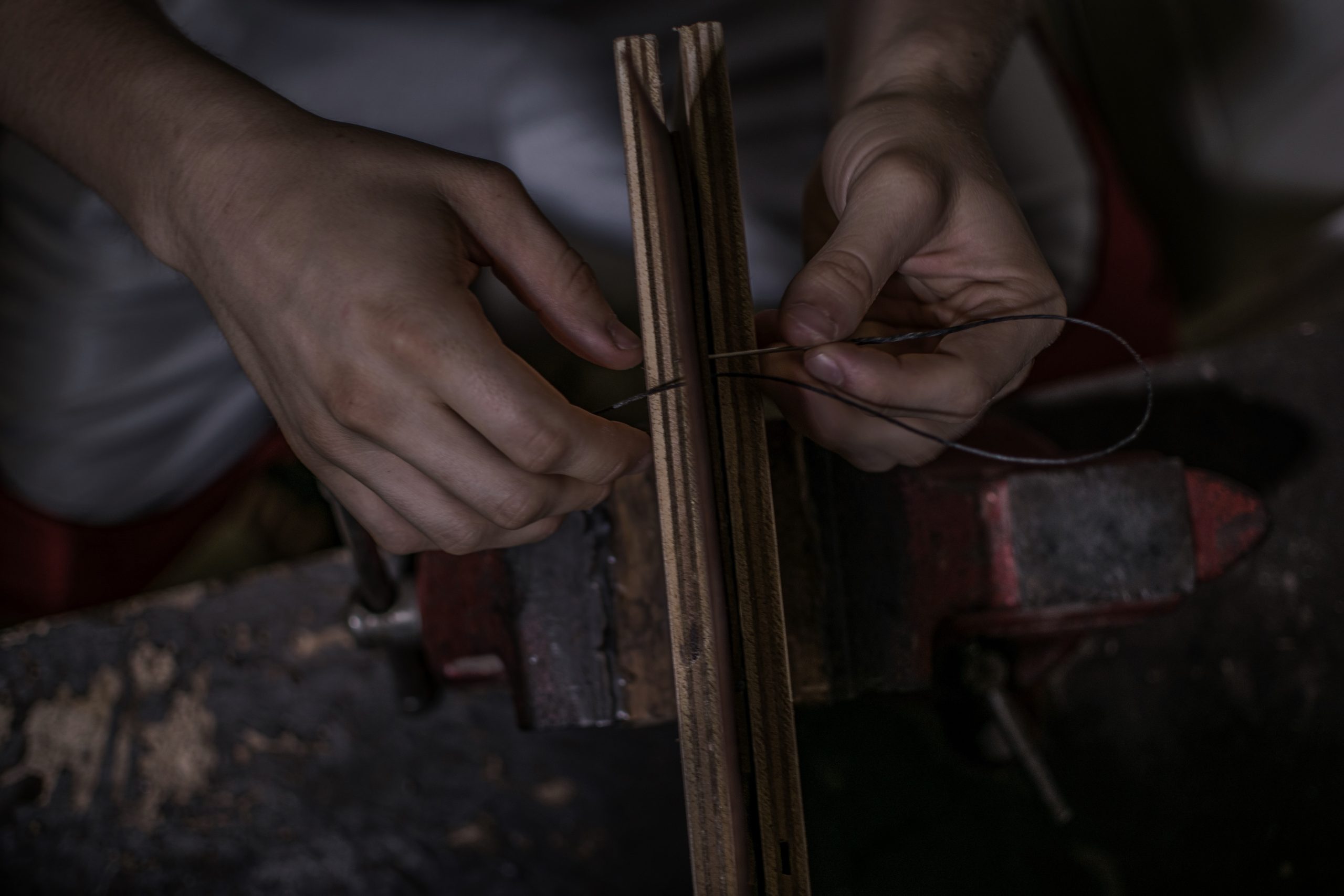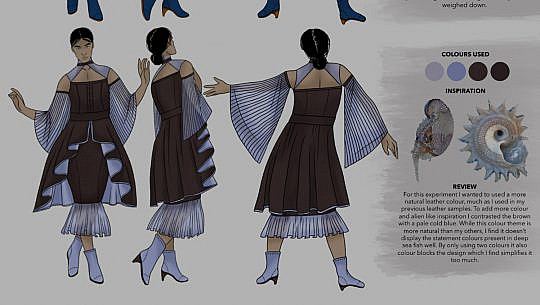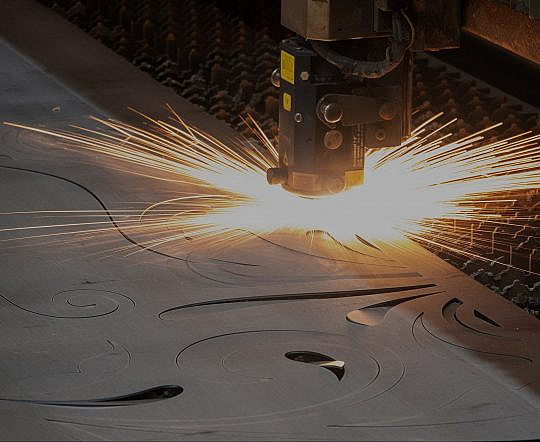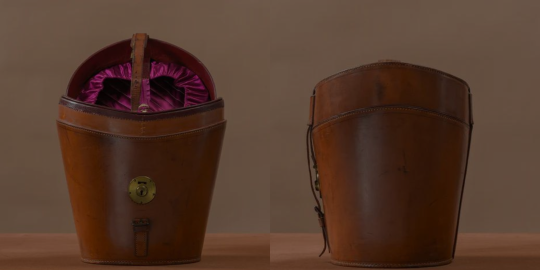Modern technology often deceives us into thinking that new methods are always better – and admittedly, they sometimes are – but there are few folk that can make a case for traditional techniques like the Devonshire-based J & FJ Baker & Co, Britain’s oldest-surviving leather tannery.
Known simply to most industry peers as ‘Baker’s’, the heritage enterprise has remained a family business since 1862, and is now the only remaining oak bark tannery in Britain – a method which produces hard-wearing, strong yet lightweight leather.
“Oak tanned leather has a very tight fibre structure, which makes it ideal for sole leather for shoes,” managing director Andrew Parr tells Choose Real Leather. “Once dressed with oils and greases, it has a very strong tensile strength, which is needed for equestrian leather. The process also produces a very fine grain for staining and use in luxury leather goods.”
It’s true – Baker’s is renowned for its sturdy leathers produced using ancient techniques, but that doesn’t mean that innovation is off the menu. The tannery is also famous for its reproduction of the coveted (and once thought defunct) Russian leather, which was a major export from Russia in the 17th and 18th centuries and renowned for its high quality, strong-yet-soft texture and intoxicating scent.
The recipe for the tanning and treating of such leather was thought to be lost to time, but a chance discovery in 1973 found a shipwreck with a stash of Russian leather that had been preserved for nearly 200 years – prompting a quest to piece together the method for producing such a texture.
Years later, it was J & JF Baker that completed the puzzle, working with none other than high fashion leather house Hermès to produce the historic textile – which Hermès now refer to as its exclusive ‘Volynka’ leather, used only on select accessories.
When they’re not solving mystery leather enigmas, the team at Baker’s is committed to sticking to its artisan methods as much as possible – with the majority of leather produced using local oak bark. The process takes around 15 months from start to finish – a testament to Baker’s commitment to the technique, which most of others have abandoned in favour of quicker solutions such as vegetable and chrome tanning.
Sustainability is of high importance to the tannery – including its sourcing. “We use local hides from beef farmed in Devon,” says Andrew. “The bark for tanning is from Coppice Oak which is cut on a rotation of 15 to 20 years. The Coppice, once cut, regrows from the stool.”
The oak tanning process itself uses natural chemistry, and is completely carbon-neutral – using a 400-year-old mechanism run by a water wheel. Where machinery is needed, it is kept to a minimum and exceedingly well looked after; most of the equipment is at least 100 years old.
This commitment to heritage is the lifeblood of Baker’s – a testament that is proven in the continuing family commitment to the cause. With two of Andrew’s children already in the business, that’s set to be the case for years to come. Long may it continue.








